From as far back as I can remember I have been fascinated by space and have always wanted to get out there.
It started with the Clangers, was reinforced by Star Trek and drove me into a career in space science.
My dream presently remains unfulfilled, but in recent years I feel that I have got closer to my goal through some of the fantastic images that have been taken of the planets in our Solar System.
On 4 October 1957, the Soviets launched the first artificial satellite - Sputnik I - into Earth orbit, kick-starting what would eventually become known as the Space Race.
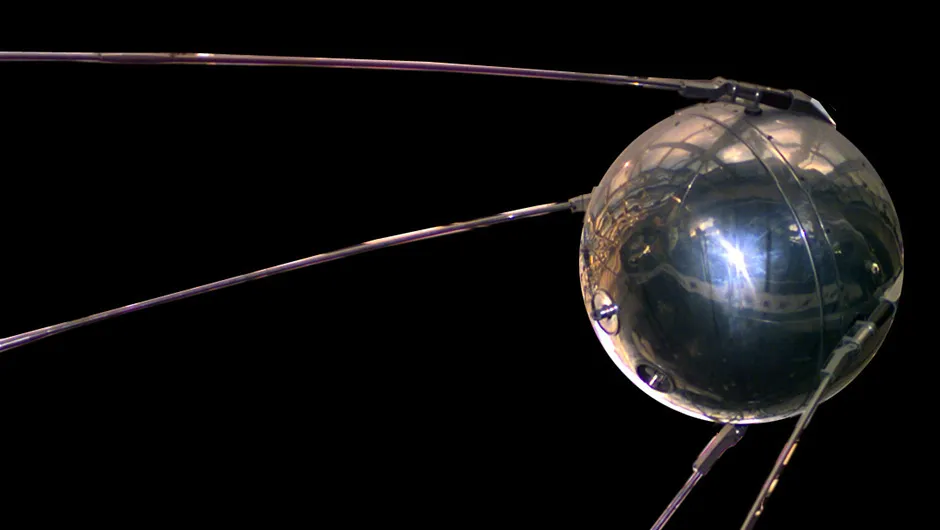
Not long after, on 14 August 1959, the first Earth observation picture was taken from orbit.
It is blurry to say the least: a crude picture of the sunlit part of the Pacific Ocean and its cloud cover, taken by NASA’s Explorer 6 spacecraft.
Since then we have been taking more and more detailed images of our planet and the other worlds out there.
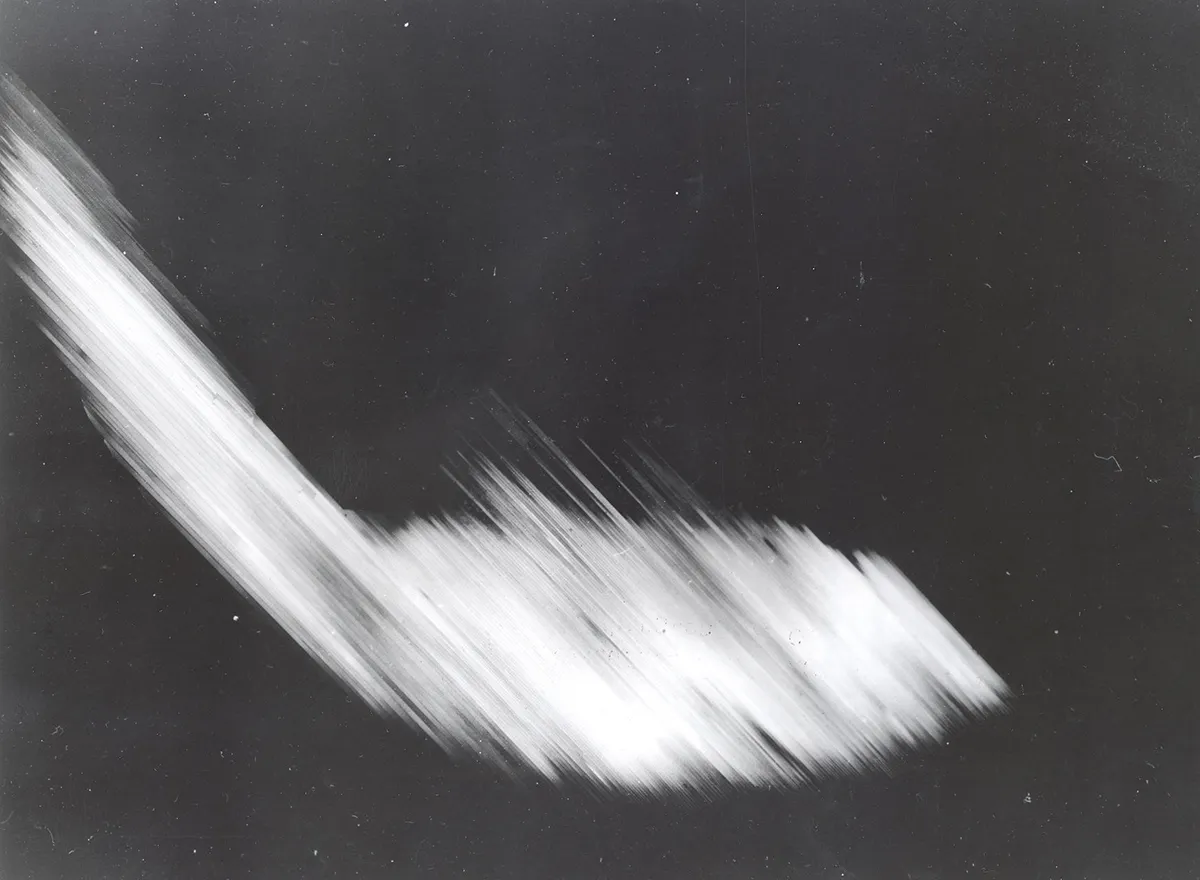
The magnificent and unexpected ice mountains of Pluto were revealed in 2015 via images taken by the New Horizons flyby mission.
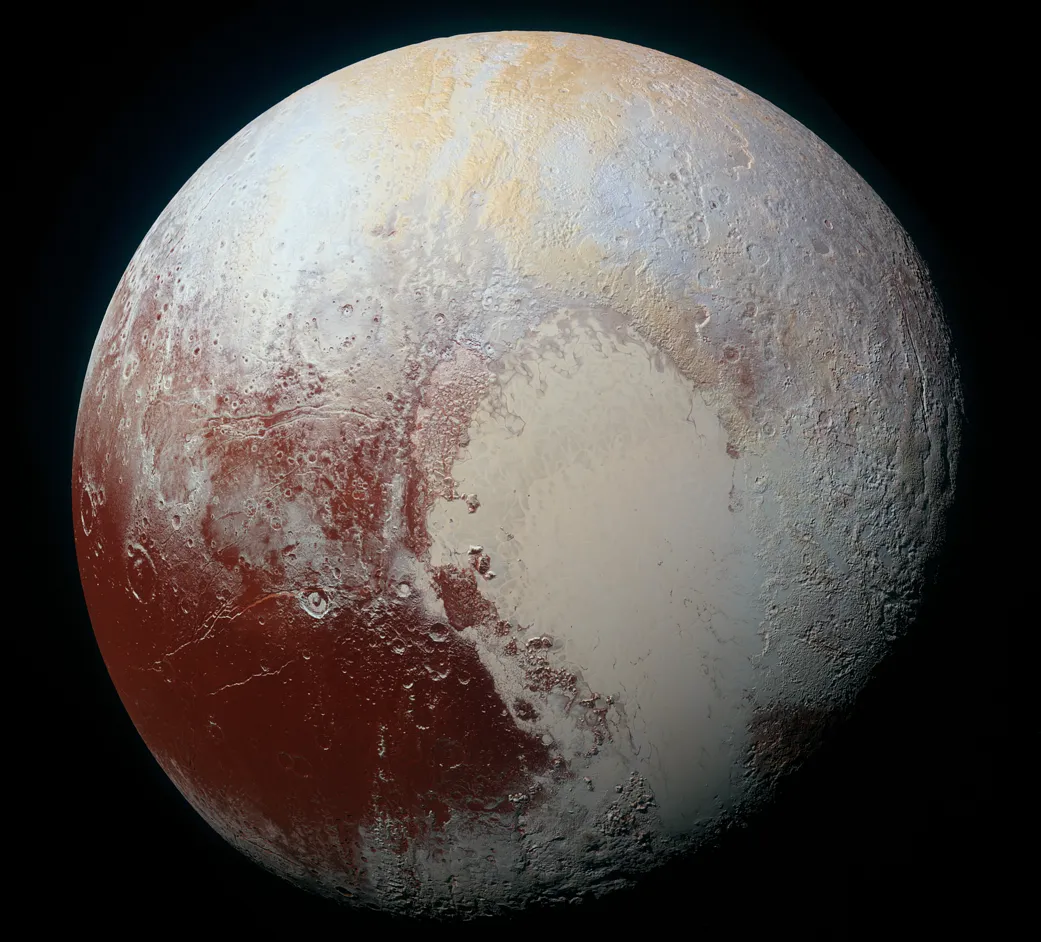
In 2014, the excitement of the Rosetta mission's Philae touchdown was marked by images taken in orbit around the comet and from its chaotic surface.
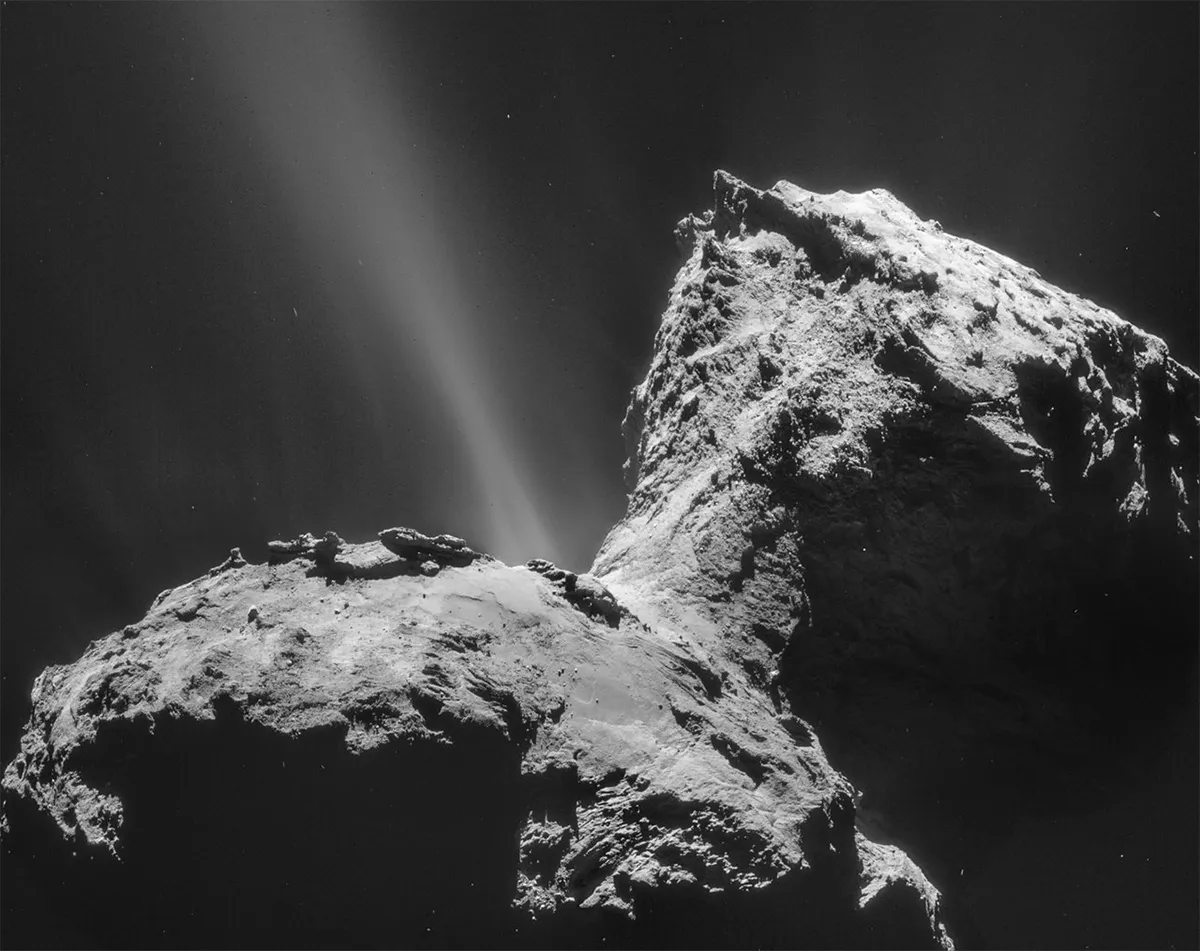
Some of the most spectacular pictures are of the planets themselves: Venus surrounded by thick clouds of sulphur dioxide, the rings of Saturn taken by the Cassini spacecraft.
So much of our Solar System has been revealed by stunning images.
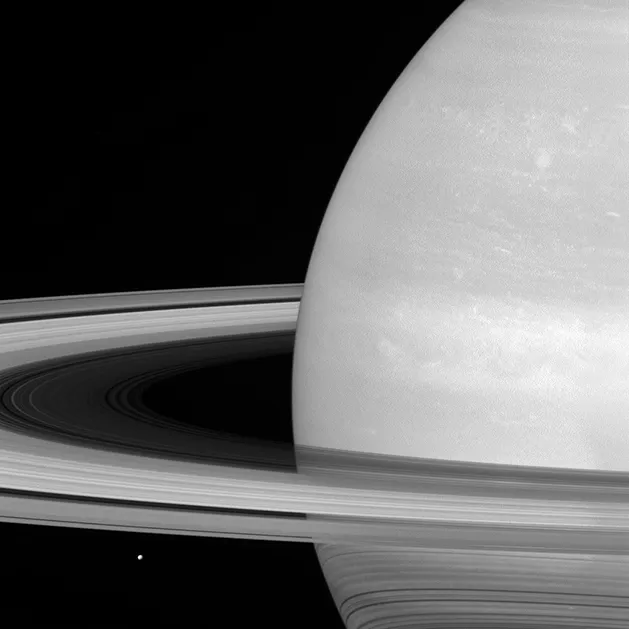
My favourite image of the Solar System
Of the many thousands of images that have been taken so far, one my favourites is a picture of Mars taken by the Curiosity Rover.
The image displays Gale Crater on the Martian surface around 1.5m wide by 1m deep.
The colours are vivid orange, dark grey and white, and there is a wide range of textures indicating the varied Martian surface.

The reason this image has captured my imagination is because it truly feels as if we are looking through a window onto the surface of Mars.
The cameras that took the pictures sit at around eye height on Curiosity, so the image really conveys what it would be like to stand on Mars and view the scene.
The scientific data has been given a new lease of life through painstaking processing, adapting the raw data to the colour palette of the human eye.
Many hundreds of raw images have been amalgamated into one photograph to achieve a high resolution and pin sharp focus.
It’s an image that I feel that I can step into, transporting me to Mars in an instant.
To my mind this is the real power of this image.
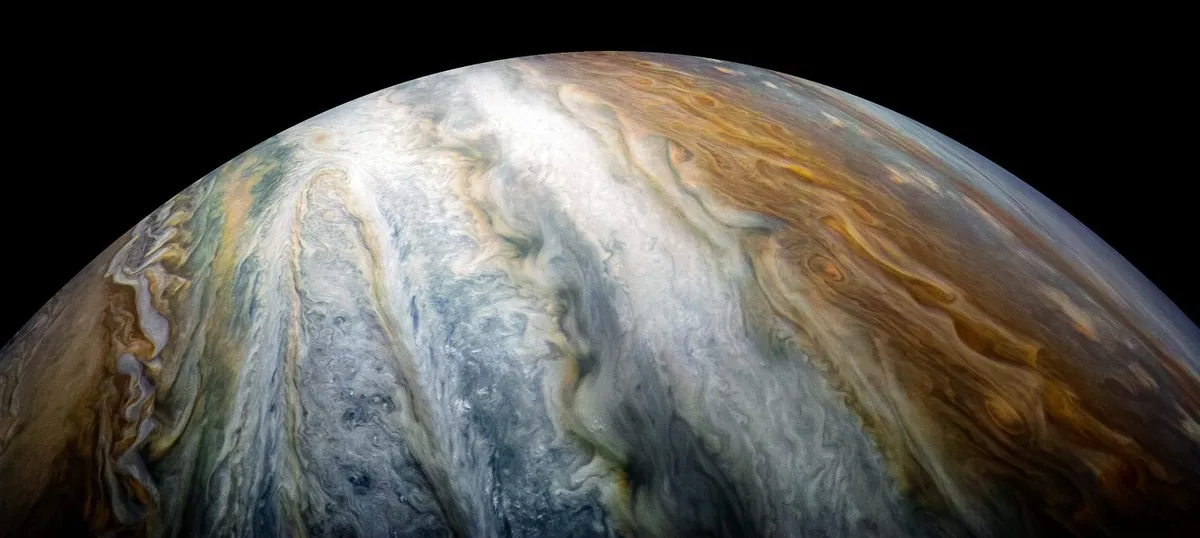
The raw scientific data has given us amazing scientific insight into the bodies that we have been observing, but with the alchemy of art the same data is producing a visible, visceral delight which is available to all.
What's more, the raw data is available for anyone to download and process and produce their own images of the Solar System.
Find out how to do this in our guide to processing raw space mission data.
My desire to travel out into space and visit the amazing scenes in our Solar System is still with me, but with these images and others like them I feel I have come a little closer to my dream.
This article originally appeared in the April 2016 issue of BBC Sky at Night Magazine.
